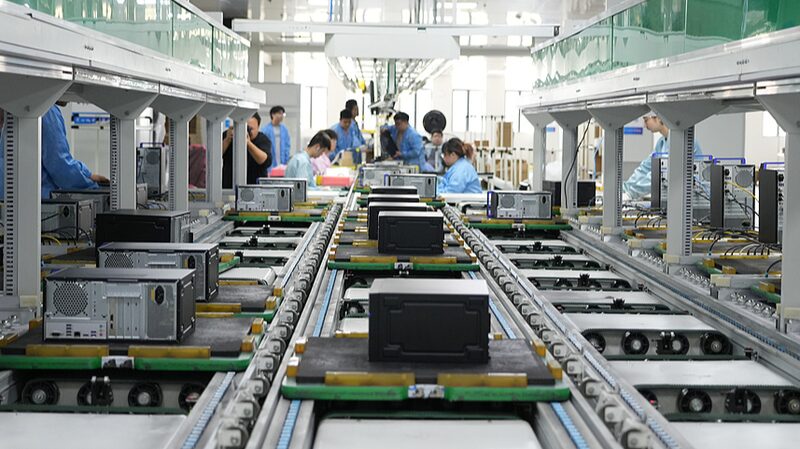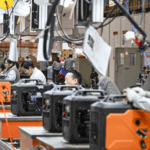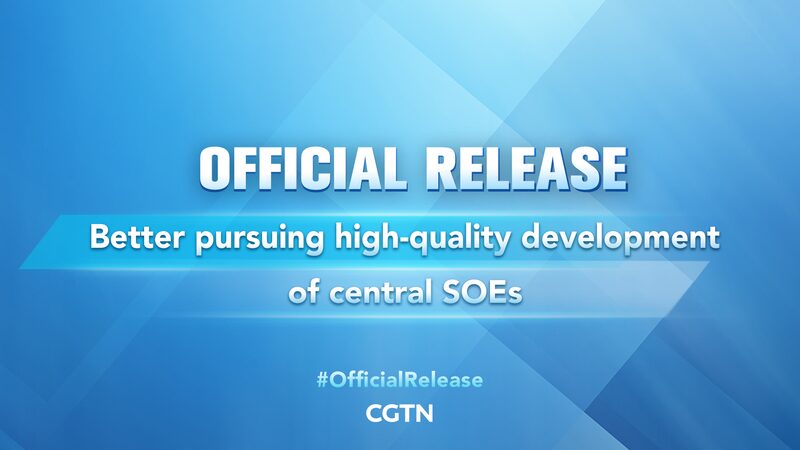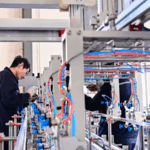China’s state-owned enterprises (SOEs) are getting a modern makeover—but can these economic titans boost efficiency while maintaining their role as policy powerhouses? 🤔 Let’s break it down.
The Big Picture
SOEs control 60% of China’s assets and contribute 70% of its GDP, yet lag behind private firms in profitability. Think of them as heavyweight champions with untapped agility. 🥊 Reforms aim to make them \"bigger, better, stronger\" for global competitiveness, per the 20th CPC National Congress.
What’s Changing?
- 💰 Debt Discipline: Crackdowns on unpaid bills and arbitrary fees.
- 🚀 Innovation Push: Prioritizing tech, digitalization, and niche product development.
- 🤝 Mixed Ownership: Inviting private investors to boost market smarts.
Global Benchmarks
In 2022, Fortune Global 500 listed 136 Chinese firms (71% SOEs), but their profit margins trailed U.S. peers. Imagine a blockbuster movie with low ticket sales—SOEs need a sequel rewrite. 🎬
The Innovation Dilemma
While China bets on SOEs to lead in AI and green tech, critics point out Silicon Valley’s startups often out-innovate giants. Can SOEs become both policy enforcers and trendsetters? 💻🌱
One thing’s clear: SOE reform isn’t just about spreadsheets—it’s about shaping China’s next economic act. 🌏✨
Reference(s):
cgtn.com






